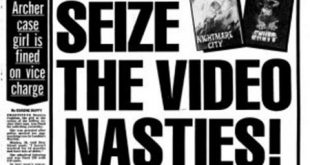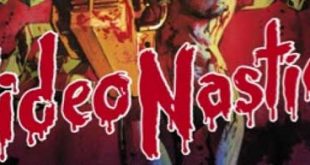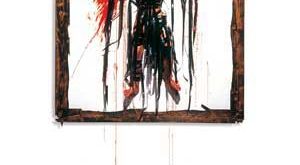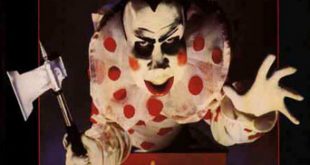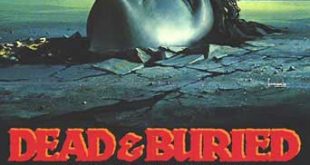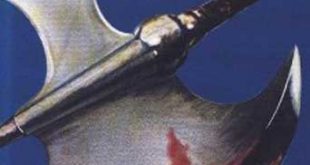“Video nasty” was a terminology fabricated in the United Kingdom in the 1980s that formerly correlated to numerous films distributed on video cassette that were denounced for their violent content by various religious organizations, in the press and by commentators such as Mary Whitehouse. While violence in cinema had been subjugated of censorship for many years, the insufficiency of a regulatory system for video sales merged with the possibility of any film falling into children’s hands led to apprehension. Many of these “video nasties” were low-budget horror films produced in Italy and the United States.
If the Director of Public Prosecutions (DPP) felt that a specific video might be in breach the Act then a prosecution could be brought against the film’s producers, distributors and retailers. Prosecutions had to be fought on a case by case basis and a backlog of prosecutions built up. However, under the terms of the Act the police were authorized to confiscate videos from retailers if they were of the estimation that the substance was in breach of the Act. However the selection of titles detained appeared to be entirely subjective, one raid eminently obtaining a copy of the Dolly Parton musical The Best Little Whorehouse in Texas under the erroneous conviction that it was p*rnographic.
The Video Retailers Association were distressed by the seemingly arbitrary seizures and asked the DPP to provide a guideline for the industry so that stockists could be made attentive of what was legally responsible to be confiscated and what they could lawfully keep on their shelves. The DPP recognized that the current system, where the understanding of obscenity was down to individual Chief Constables, was conflicting and decided to publish a list that contained names of films that had previously resulted in a triumphant prosecutions or where the DPP had already filed charges against the video’s distributors. This list became known as the DPP list of “video nasties”.
Once a film has been passed for certification it was then up to local authorities to decide whether or not to grant cinemas within their jurisdiction permission to conduct public screenings of material passed by the BBFC. Such permission was not always granted, and in the case of the release of The Exorcist in 1973, a number of enterprising managers of cinemas where permission had been granted set about providing buses to transport cinema-goers from other localities where the film could not be seen.
The quantity of unclassified videos became a criminal offense, as did supplying 15 and 18 certificate videos to under-aged people. As well as the low-budget horror films the Act was originally intended to curb, a number of high profile films which had passed cinema certification fell foul of the Act. In particular, The Exorcist, which was made available by Warner Home Video in December 1981, was not granted a video certification by the BBFC and was withdrawn from shelves in 1986. Similarly Straw Dogs was also denied video certification and removed from video stores.
The DPP list of ‘video nasties’ was first made public in June 1983. The list was modified monthly as prosecutions failed or were dropped. In total, 72 separate films appeared on the list at one time or another. Thirty-nine films were successfully prosecuted under the Obscene Publications Act but some of these films have been subsequently cut and then approved for release by the BBFC. The remaining 35 were either not prosecuted or had unsuccessful prosecutions.
A number of films spent a short time on this list because their prosecutions failed shortly after publication or because it was decided that prosecution was not worth pursuing. Ultimately, the list became obsolete when the Video Recordings Act came into force, and since 2001, several of the films have been released uncut. In the majority of cases below where cuts were made, they were scenes of real-life animal cruelty and/or excessive violence to women, both of which are still regarded with some degree of severity by the BBFC.
Films that are still Banned in the UK, Australia, Germany, Norway, and Finland; The Beast in Heat, Blood Rites, Fight for your life, Forest of Fear, Frozen Scream, Gestapo’s Last orgy, Love Camp 7, Mardi Gras Massacre, Nightmare Maker, Werewolf and the Yeti, and Women Behind Bars.
Of these films:
* 38 have been released uncut
* 24 have been released cut
* 1 has been released with additional footage
* 10 are effectively banned in the UK to this day because they have not been resubmitted for classification by any distributors.
* 1 has since been rejected for classification
Unless noted otherwise, all films that have been released have been rated 18. Also note that a lot of these movies caused additional controversy with the cover art of the original big box releases seen in the video shops of the early 1980s.
“There is no video censorship law at all. What can they do about it?” – Mike Behr, MD of Astra Video, quoted in The Sunday Times dated May 23, 1982.
 Horror News | HNN Official Site | Horror Movies,Trailers, Reviews
Horror News | HNN Official Site | Horror Movies,Trailers, Reviews

![anthropophagous[1]](https://horrornews.net/wp-content/uploads/2010/11/anthropophagous1-318x500.jpg)
![a-shogun_assassin-uk-dvd-cover[1]](https://horrornews.net/wp-content/uploads/2010/11/a-shogun_assassin-uk-dvd-cover1.jpg)
![video-nasty-newspaper[1]](https://horrornews.net/wp-content/uploads/2010/11/video-nasty-newspaper1.jpg)
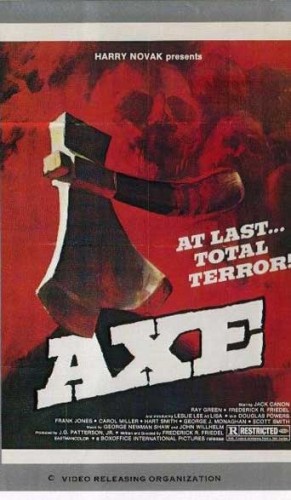
![cannibal-holocaust[1]](https://horrornews.net/wp-content/uploads/2010/11/cannibal-holocaust1.jpg)
![last-house-on-the-left-dvd-cover[1]](https://horrornews.net/wp-content/uploads/2010/11/last-house-on-the-left-dvd-cover1.jpg)
